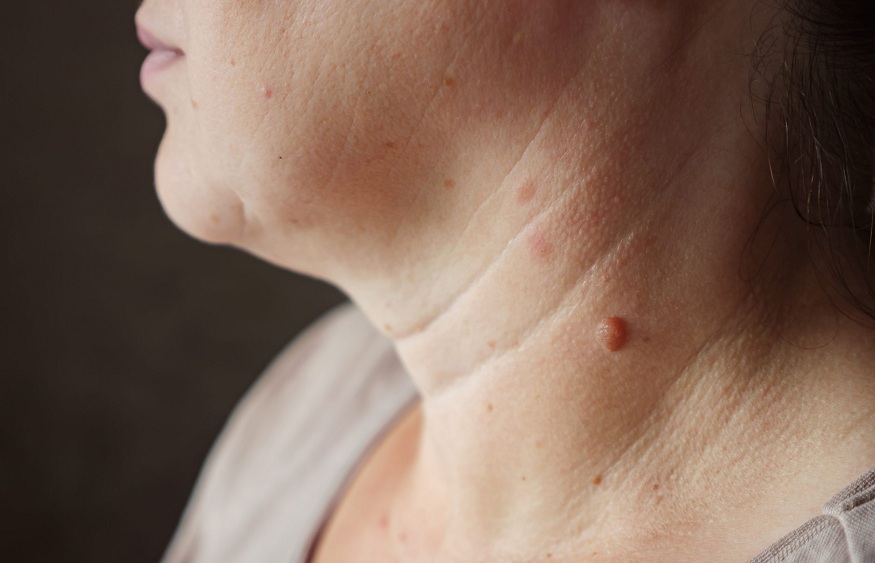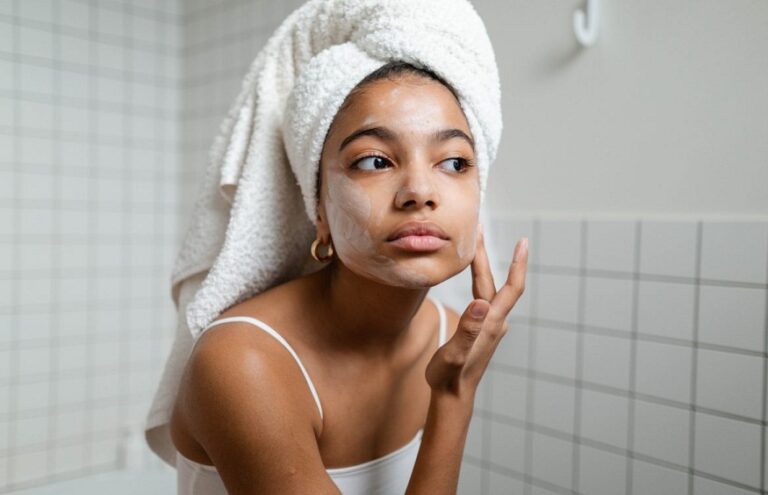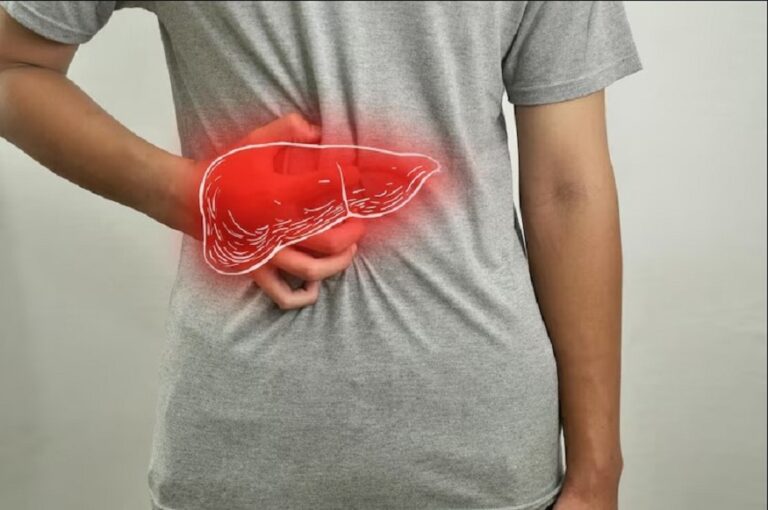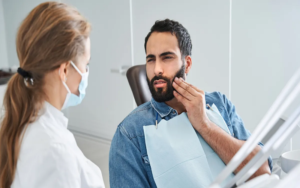Ever had a pesky 疣 that just wouldn’t go away? You’re not alone. Warts are a common skin ailment, but with the right knowledge, you can tackle them head-on. Let’s dive into the world of warts and discover the best ways to send them packing!
Understanding Warts: The Basics
What is a wart? They primarily occur on human hands or feet but often in other locations. They’re caused by a virus, and can resemble other skin conditions, so it’s essential to know what you’re dealing with.
Common types of warts There are several types of warts:
- Common warts: Found usually on fingers and toes.
- Plantar warts: Found on the soles of the feet.
- Flat warts: Smaller and smoother, commonly found on the face, neck, or hands.
- Filiform warts: Finger-like growths on the face and neck.
- Periungual warts: Located under or around the nails.
The Causes Behind Warts
The HPV connection Warts are caused by an infection with the human papillomavirus (HPV). But don’t panic just yet! While HPV might sound alarming, it’s a vast group of viruses, and not all of them cause warts or other health issues. Think of it like a big family, where only a few members are troublesome.脫疣
Factors that increase risk Anyone can develop warts, but some factors might make you more susceptible:
- Weakened immune system.
- Damaged or broken skin.
- Direct contact with someone who has warts.
Wart Removal Techniques
Over-the-counter solutions There are numerous OTC treatments available, like salicylic acid. It peels the wart away slowly. Remember the tortoise and the hare? Slow and steady wins the race!
Home remedies Ever heard of using duct tape or apple cider vinegar? While these methods are popular, they might not be scientifically proven. But hey, grandmas worldwide can’t be wrong, right?
Medical treatments If home remedies and OTC treatments don’t work, it might be time to see a dermatologist. They might recommend:
- Cryotherapy (freezing the wart off).
- Laser treatments.
- Surgical removal.
Post-Wart Removal Care
Keeping the area clean After removing the wart, it’s crucial to keep the area clean. Think of it like caring for a garden – you’ve removed the weeds, now nurture the flowers!
Preventing scarring Apply an antibiotic ointment and cover with a bandage. Remember, scars tell stories, but it’s better if they remain untold on our skin.
Prevention and Future Outbreaks
Lifestyle changes
- Avoid direct contact with warts.
- Don’t pick at a wart (tempting, I know!)
- Wash your hands frequently.
Vaccinations Vaccines can prevent some types of HPV, which can result in warts.
The role of HPV vaccines Certain HPV vaccines, like Gardasil, can prevent strains that cause warts. Consider it an armor against the troublesome members of the HPV family!
Conclusion
Warts might be pesky, but with the right knowledge and tools, they’re manageable. Equip yourself with the right info, and soon, you’ll be saying goodbye to those stubborn growths!
FAQs
How long does it take for a wart to disappear?
It varies. Some warts might disappear on their own in months, while others can take years.
Can warts spread to other parts of my body?
Yes, they can. It’s essential to avoid picking at them to prevent spreading.
Are warts contagious?
Absolutely! They can spread through direct contact or shared objects.
Can warts lead to cancer?
Most warts are benign, but some strains of HPV can lead to cancers. It’s always best to consult with a dermatologist.
Should I always consult a doctor for wart removal?
Not always. But if you’re unsure or if the wart persists, it’s always a good idea to seek medical advice.















+ There are no comments
Add yours